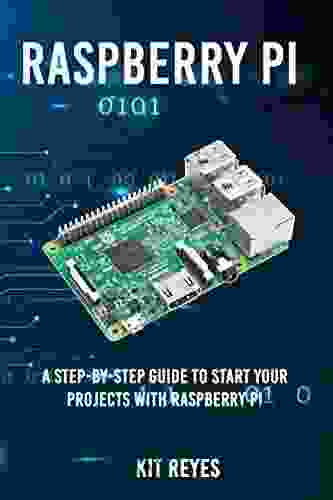Step-by-Step Guide to Start Your Projects with Raspberry Pi

The Raspberry Pi is a small, affordable computer that is perfect for hobbyists, makers, and anyone who wants to learn more about technology. With its powerful processor, ample memory, and wide range of input and output options, the Raspberry Pi can be used to create a variety of projects, from simple robots to complex home automation systems.
4.5 out of 5
| Language | : | English |
| Text-to-Speech | : | Enabled |
| Enhanced typesetting | : | Enabled |
| Lending | : | Enabled |
| File size | : | 12621 KB |
| Screen Reader | : | Supported |
| Print length | : | 327 pages |
If you're new to the Raspberry Pi, don't worry! This guide will walk you through everything you need to know to get started, from setting up your hardware to programming your first project.
What You'll Need
Before you can start building projects with Raspberry Pi, you'll need a few things:
- A Raspberry Pi computer
- A microSD card
- A power supply
- A case
- A keyboard and mouse (optional)
- A monitor (optional)
Once you have all of your materials, you can follow the steps below to set up your Raspberry Pi.
Step-by-Step Setup Instructions
1. Insert the microSD card into the Raspberry Pi.
The microSD card will store the operating system and your programs. Make sure that the microSD card is at least 8GB in size.
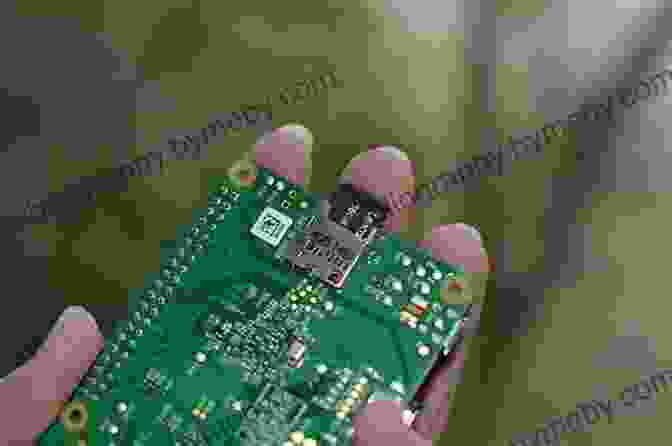
2. Connect the power supply to the Raspberry Pi.
The power supply will provide power to the Raspberry Pi. Make sure that the power supply is at least 5V 2A.
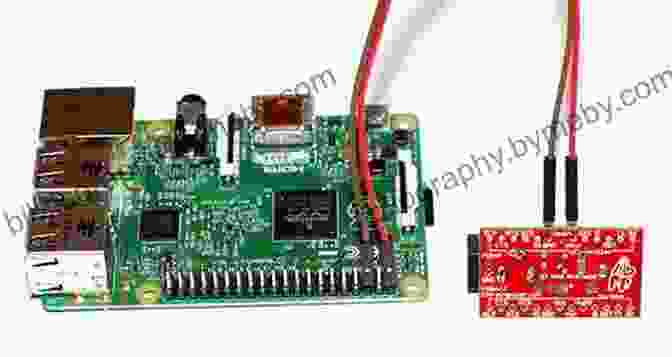
3. Connect a keyboard and mouse (optional).
If you want to use a keyboard and mouse with your Raspberry Pi, you can connect them to the USB ports. You can also use a wireless keyboard and mouse.
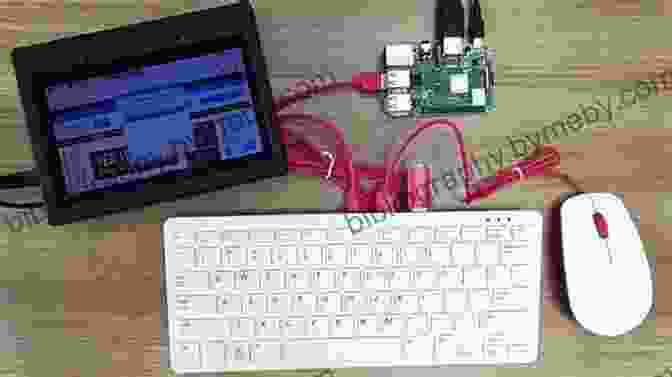
4. Connect a monitor (optional).
If you want to use a monitor with your Raspberry Pi, you can connect it to the HDMI port. You can also use a composite video cable to connect a TV.
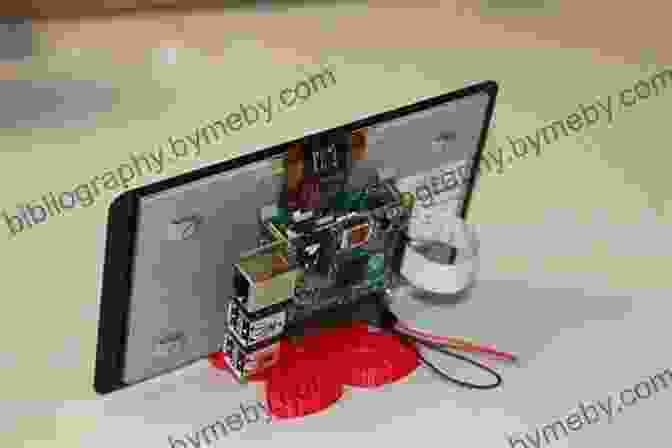
5. Boot up the Raspberry Pi.
To boot up the Raspberry Pi, simply plug it into a power outlet. The Raspberry Pi will automatically start up and boot into the operating system.
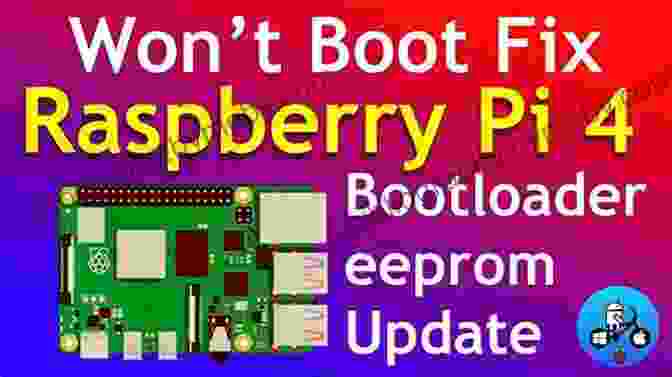
Programming Your First Project
Once you have your Raspberry Pi set up, you can start programming your first project. There are many different programming languages that you can use with Raspberry Pi, but Python is a good choice for beginners.
To get started, you can install Python on your Raspberry Pi by typing the following command into a terminal window:
sudo apt-get install python3
Once you have Python installed, you can create a new Python file by typing the following command into a terminal window:
nano hello.py
This will open a new file called hello.py in the nano text editor. You can then type the following code into the file:
print("Hello, Raspberry Pi!")
Save the file by pressing Ctrl+O and then pressing Enter. Exit the nano text editor by pressing Ctrl+X.
To run your Python program, type the following command into a terminal window:
python3 hello.py
This will run the hello.py program and print the message "Hello, Raspberry Pi!" to the terminal window.
Congratulations! You have now successfully programmed your first Raspberry Pi project.
This guide has provided you with a step-by-step overview of how to get started with Raspberry Pi. You have learned how to set up your hardware, install the operating system, and program your first project. With a little practice, you will be able to create your own amazing Raspberry Pi projects.
Here are a few tips to help you get started:
- Start with simple projects and work your way up to more complex ones.
- Don't be afraid to ask for help if you get stuck.
- Experiment with different programming languages and hardware to see what you can create.
With a little creativity and effort, you can use Raspberry Pi to create anything you can imagine.
I hope you find this guide helpful. If you have any questions, please feel free to leave a comment below.
4.5 out of 5
| Language | : | English |
| Text-to-Speech | : | Enabled |
| Enhanced typesetting | : | Enabled |
| Lending | : | Enabled |
| File size | : | 12621 KB |
| Screen Reader | : | Supported |
| Print length | : | 327 pages |
Do you want to contribute by writing guest posts on this blog?
Please contact us and send us a resume of previous articles that you have written.
 Book
Book Novel
Novel Page
Page Chapter
Chapter Text
Text Story
Story Genre
Genre Reader
Reader Library
Library Paperback
Paperback E-book
E-book Magazine
Magazine Newspaper
Newspaper Paragraph
Paragraph Sentence
Sentence Bookmark
Bookmark Shelf
Shelf Glossary
Glossary Bibliography
Bibliography Foreword
Foreword Preface
Preface Synopsis
Synopsis Annotation
Annotation Footnote
Footnote Manuscript
Manuscript Scroll
Scroll Codex
Codex Tome
Tome Bestseller
Bestseller Classics
Classics Library card
Library card Narrative
Narrative Biography
Biography Autobiography
Autobiography Memoir
Memoir Reference
Reference Encyclopedia
Encyclopedia Paula Reed
Paula Reed Lucinda Segneri
Lucinda Segneri Ryan Higa
Ryan Higa Gary Parker
Gary Parker Peter Barber
Peter Barber Gary Chartrand
Gary Chartrand Gerry Bowler
Gerry Bowler W C Jameson
W C Jameson Millie Marotta
Millie Marotta Susan Buchholz
Susan Buchholz George Quinones
George Quinones Steve Pitt
Steve Pitt G K Parks
G K Parks Gerold Frank
Gerold Frank Georgie Anne Geyer
Georgie Anne Geyer Gail Jarrow
Gail Jarrow Jennifer Weiner
Jennifer Weiner Gerald Paul Clifford
Gerald Paul Clifford Gail Pallin
Gail Pallin George Blue Spruce
George Blue Spruce
Light bulbAdvertise smarter! Our strategic ad space ensures maximum exposure. Reserve your spot today!

 J.R.R. TolkienMaster the Art of Menswear Pattern Cutting with Gareth Kershaw's Definitive...
J.R.R. TolkienMaster the Art of Menswear Pattern Cutting with Gareth Kershaw's Definitive... Nikolai GogolFollow ·5.9k
Nikolai GogolFollow ·5.9k Douglas AdamsFollow ·17.2k
Douglas AdamsFollow ·17.2k John UpdikeFollow ·15.1k
John UpdikeFollow ·15.1k Foster HayesFollow ·7.3k
Foster HayesFollow ·7.3k Martin CoxFollow ·8.8k
Martin CoxFollow ·8.8k Andy HayesFollow ·9.3k
Andy HayesFollow ·9.3k Pablo NerudaFollow ·6.5k
Pablo NerudaFollow ·6.5k Emanuel BellFollow ·19.4k
Emanuel BellFollow ·19.4k

 Brian West
Brian WestSmedley Butler: The Marines and the Making and Breaking...
: A Marine's...

 Gabriel Garcia Marquez
Gabriel Garcia MarquezIschia, Capri, Sorrento, Positano, And Amalfi: An...
Explore the...

 Felix Carter
Felix CarterAdorn Your Little Princess with Fleur Ange's Exquisite...
Welcome to the enchanting...

 Kelly Blair
Kelly BlairUnveiling the Secrets of the Historical Way and Fishermen...
Step into the pages...

 Angelo Ward
Angelo WardKnit the Cutest Thumbless Mittens for Your Little One:...
Prepare to be...
4.5 out of 5
| Language | : | English |
| Text-to-Speech | : | Enabled |
| Enhanced typesetting | : | Enabled |
| Lending | : | Enabled |
| File size | : | 12621 KB |
| Screen Reader | : | Supported |
| Print length | : | 327 pages |


